Imagine unlocking the hidden potential of your car, improving its performance, and keeping it healthy with just a simple tool: the OBD II connector. Welcome to the world of OBD II connectors and the Carly App, your gateway to better understanding your vehicle’s health and performance. Get ready to dive deep into the world of vehicle diagnostics and discover how this powerful combination can transform the way you care for your car.
Key Takeaways
- The OBD II connector provides access to a vehicle’s diagnostic information and allows for reprogramming of its subsystems.
- Diagnostic tools and mobile apps provide convenient ways to diagnose, monitor, adjust settings, and gain valuable insights into the car’s health.
- The Carly App offers comprehensive solutions for cars with repair advice, service guidance & concealed data access.
Understanding the OBD II Connector
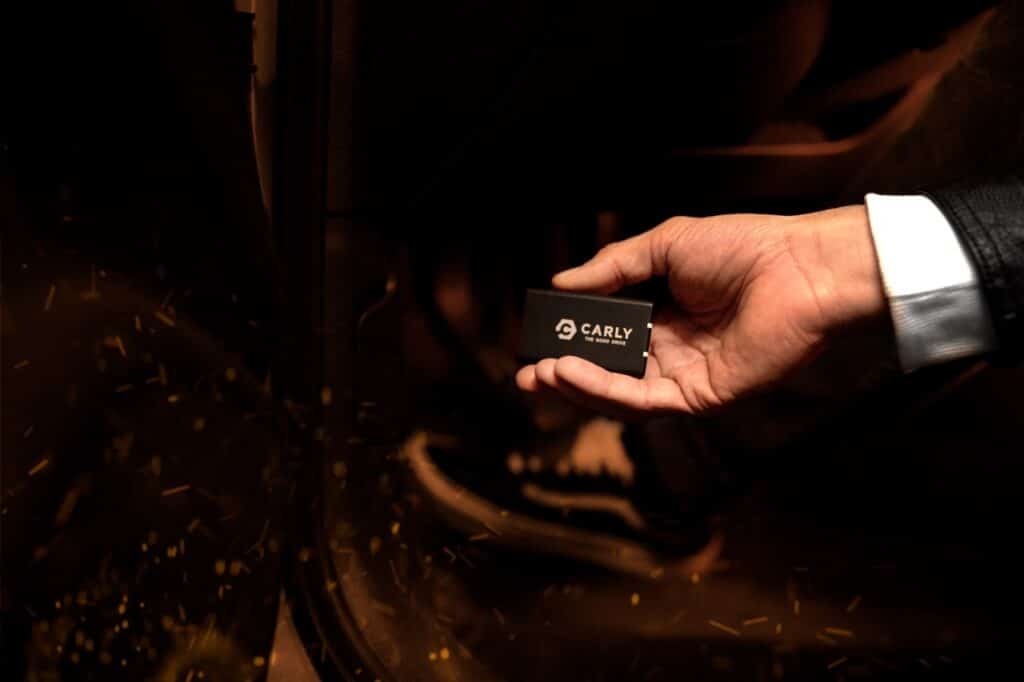
The OBD2 connector, also known as the OBD II connector, is more than just a plug; it’s a vital component that grants access to your vehicle’s real-time diagnostic information and allows you to reprogram its subsystems.
The OBD II connector allows you to gain valuable insights about your car’s health, performance, and fuel efficiency.
Types of OBD II Connectors
OBD II connectors come in two types: Type A for cars (12V) and Type B for medium/heavy vehicles (24V). The difference between these two types lies in their baud rates – the speed at which they transmit data. Type A connectors have an approximate baud rate of 500,000 bauds, and they are commonly found in cars sold with OBD II systems. Type B connectors, on the other hand, have a maximum baud rate of 250,000.
These baud rates allow efficient transmission of vehicle parameters, including vehicle speed, to your diagnostic tools and devices.
Locating the OBD II Port
So where can you find this powerful OBD II connector? Typically, the OBD II port is located within two feet of the steering wheel, often under the dashboard. This standard location ensures easy access for both drivers and mechanics when it’s time to diagnose vehicle issues or perform routine maintenance.
If the port proves elusive, consider using tools like OBD2 scanners and OBD port locators for assistance.
Decoding OBD II Pinouts
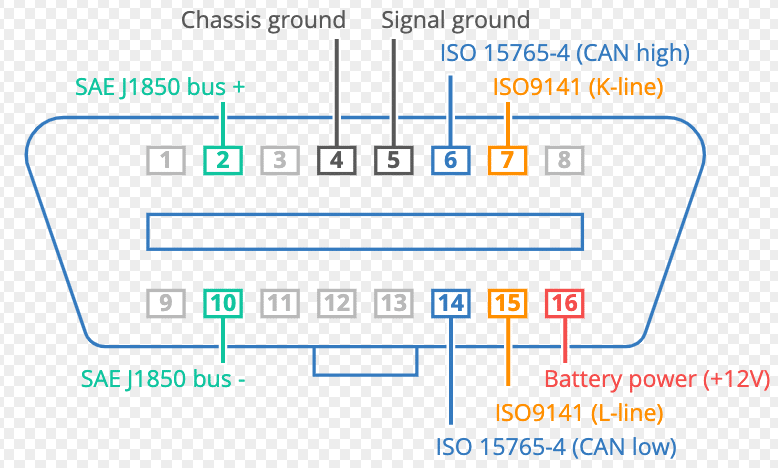
OBD II pinouts are the key to understanding the data that flows through your vehicle’s OBD II connector. These pinouts consist of standardized pins for basic communication and manufacturer-specific pins for vehicle-specific information.
Decoding these pinouts will enable you to tap into the rich diagnostic information stored in your vehicle’s on-board computer system.
Standardized Pins
Standardized pins in the OBD II connector follow specific protocols for communication with your vehicle’s main computer system. These pins ensure compatibility with diagnostic tools and devices, allowing you to access essential information about your car’s make and model.
For example, pins 4 and 5 serve as ground connections, while pin 16 provides power supply from the vehicle battery. Other pins have specific functions that may vary depending on the vehicle and manufacturer.
Manufacturer-specific Pins
Manufacturer-specific pins in the OBD II connector play an important role in conveying vehicle-specific information for various vehicle manufacturers, including engine status, diagnostic trouble codes, and other engine-related details unique to each vehicle’s make and model. Manufacturers encode this information into the OBD II pins using specific protocols and codes, ensuring that the data is standardized and can be accurately interpreted by diagnostic tools and systems.
OBD II Protocols and Communication
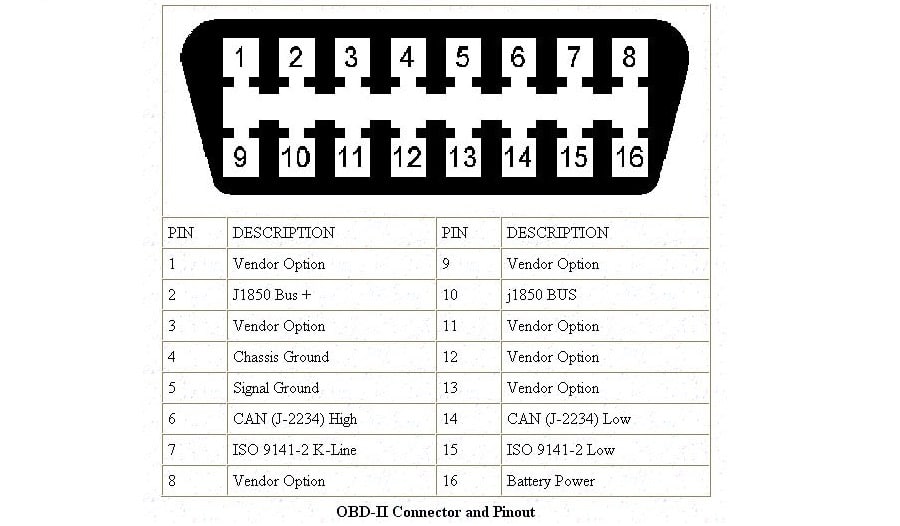
OBD II systems use five different protocols for communication, with the Controller Area Network (CAN) bus being the most essential and widely utilized. These protocols ensure that diagnostic information is consistently available across different vehicle types and manufacturers, allowing for seamless communication and data exchange.
CAN Bus and Its Importance
The CAN bus serves as a key communication method in OBD II systems. Its importance is evident in the fact that it has been mandated in vehicles since 1996 in the US and 2001 in Europe. The CAN bus enables electronic control units (ECUs) to communicate with one another, providing a centralized point of access for diagnostics, data logging, and communication with network ECUs.
Its efficient communication system accounts for the CAN bus being a preferred protocol for vehicle diagnostics, adhering to the standards set by the California Air Resources Board.
Other OBD II Protocols
In addition to the CAN bus, there are four other OBD II protocols used for communication in various vehicles:
- SAE J1850 PWM
- SAE J1850 VPW
- ISO9141-2
- ISO14230-4 (KWP2000)
These protocols ensure that even if a vehicle, including asian vehicles and vehicles manufactured without a CAN bus system, diagnostic information can still be accessed and interpreted by diagnostic tools and devices.
A thorough understanding of different OBD II protocols, including the keyword protocol, and their uses will enhance your ability to diagnose and rectify issues within your vehicle’s systems.
Diagnostic Tools and Mobile Apps for OBD II
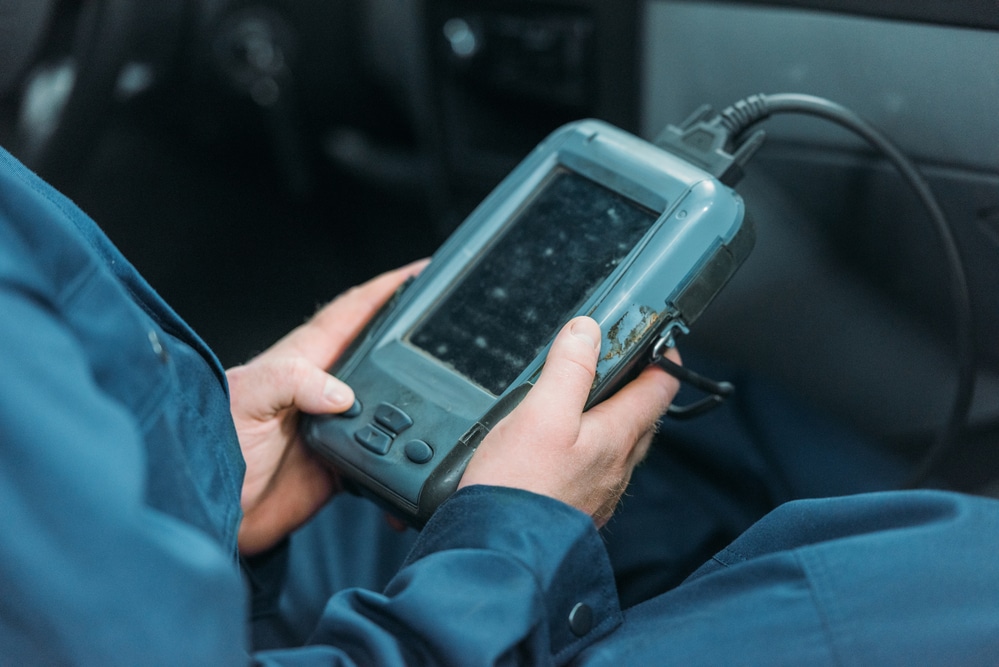
The power of OBD II diagnostics is not limited to professional mechanics – there is a wide range of diagnostic tools and mobile apps available for anyone to access and interpret OBD II data. From hand-held scan tools to the innovative Carly App, these tools and apps put the power of vehicle diagnostics in the palm of your hand.
Hand-held Scan Tools
Hand-held scan tools are an excellent way to read and clear diagnostic trouble codes from your vehicle’s OBD II system. These portable devices, including the versatile scan tool, are easy to use and can quickly diagnose issues, allowing you to address problems before they become more severe.
Hand-held scan tools like the Autel AL539, BlueDriver Bluetooth Pro LSB2, and Foxwell NT301 are highly rated for OBD II diagnostics and can be considered as external test equipment.
Mobile OBD II Scanner Apps
Mobile OBD II scanner apps, like the Carly App, offer a convenient way to access your car’s diagnostic information on your smartphone, providing expert tips and repair guidance. These apps enable you to monitor your vehicle’s health, performance, and fuel efficiency, while also offering valuable insights from professionals on how to operate an OBD scanner with proficiency.
Utilizing a mobile OBD II scanner app will help you monitor your vehicle’s health and prevent unforeseen maintenance costs.
Maximizing the Benefits of Your OBD II Connector
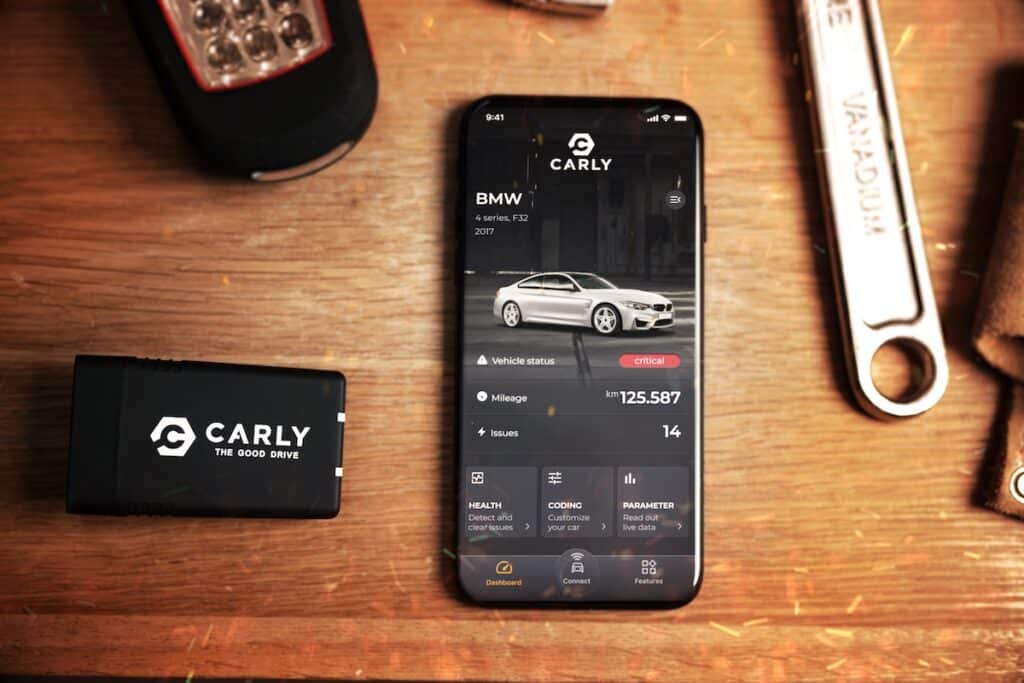
Leveraging your OBD II connector will allow you to gain valuable insights into your vehicle’s health, performance, and fuel economy. From monitoring vehicle health to fine-tuning your car’s ECU for better performance, the OBD II connector offers a wealth of benefits for drivers and mechanics alike.
Monitoring Vehicle Health
Regularly checking your vehicle’s OBD II data can help identify potential issues and prevent costly repairs. By staying on top of your car’s health, you can address problems early on, ensuring that your vehicle remains in peak condition.
Additionally, monitoring OBD II data can help you detect faults quickly, preventing damage to other components and leading to cost savings for you.
ECU Tuning and Performance Enhancement
The OBD II connector can also be used to tune your vehicle’s ECU for improved performance and fuel efficiency. By adjusting settings such as air, fuel, and spark, you can optimize your vehicle’s performance and efficiency, achieving better results on the road.
Nonetheless, to minimize potential risks linked to ECU tuning, it’s advised to use trustworthy OBD II devices and adhere to correct procedures.
The Carly App
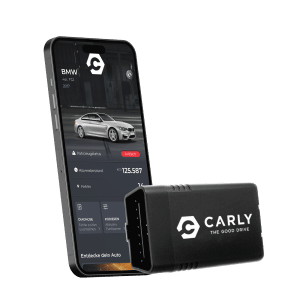
The Carly App serves as an optimal diagnostic solution for your car, offering access to concealed car data, repair advice, and guidance on service work. With the Carly App, you can unlock the full potential of your OBD II connector, gaining insights and expert advice that can help you keep your vehicle in top shape.
Whether you’re a professional mechanic or a car enthusiast, the Carly App offers a wealth of information at your fingertips. From accessing all available car data to monitoring your car’s condition and accessing repair advice, the Carly App is an invaluable tool for any vehicle owner.
Summary
The OBD II connector and the Carly App offer a powerful combination for accessing and understanding your vehicle’s health, performance, and fuel efficiency. By utilizing these tools and staying informed about your car’s diagnostics, you can avoid costly repairs, optimize performance, and keep your vehicle running smoothly. So why wait? Unlock the hidden potential of your car and experience the difference that OBD II diagnostics can make.
Frequently Asked Questions
What is a OBD-II connector?
The On-Board Diagnostics II (OBD-II) port is a standard 16-pin connector found under the dash of most modern vehicles. It is used to access data from the engine control unit and can be connected to Hum by Verizon, an all-in-one connected car system, for live help, maintenance reminders, and roadside assistance.
What is OBD-II used for?
OBD-II is used to silently process information such as engine revolutions, vehicle speed, fault codes, fuel usage and more, which can then be used to determine things like trip start and finish, over revving, speeding, excessive idle, and fuel consumption.
Are all OBD2 connectors the same?
No, not all OBD2 connectors are the same; while they have a standard pinout, there are different types used for various purposes, with the exception of pins 4 and 16.
What is the difference between OBD and OBD-II ports?
OBD, or OBD1, was initially externally connected to the console of a car, while OBD2 (OBD-II) is integrated within the vehicle itself and is remotely connected. Additionally, the OBD-II standard specifies the type of diagnostic connector, its pinout, electrical signalling protocols, and messaging format.
How can I find the OBD II port in my vehicle?
To locate your OBD II port, look for it within two feet of the steering wheel, often under the dashboard. You can also use OBD2 scanners and port locators to help find it.

